Can electronic livestock tags and recording make pastoral farming more efficient? In my previous articles we explored some ways that radio frequency identification tags and recording systems can be leveraged in extensive livestock farming systems:
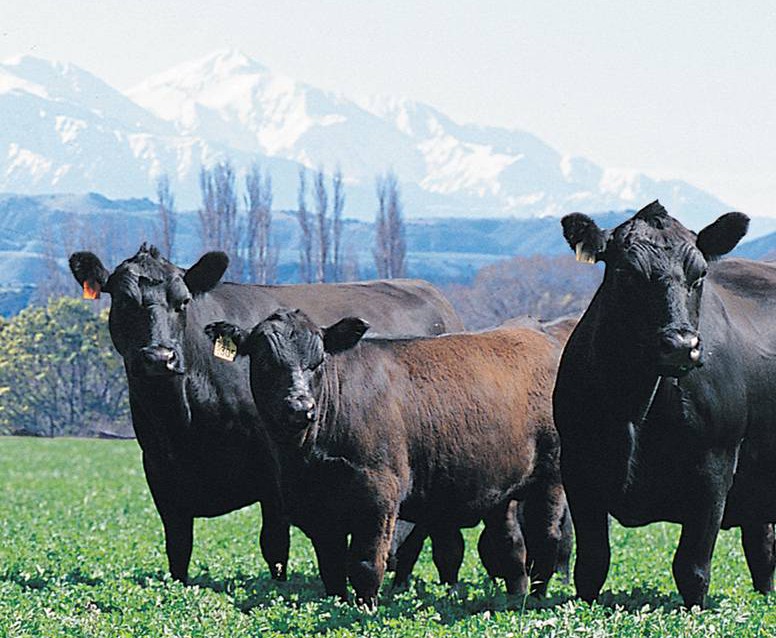

Can electronic livestock tags and recording make pastoral farming more efficient? In my previous articles we explored some ways that radio frequency identification tags and recording systems can be leveraged in extensive livestock farming systems:
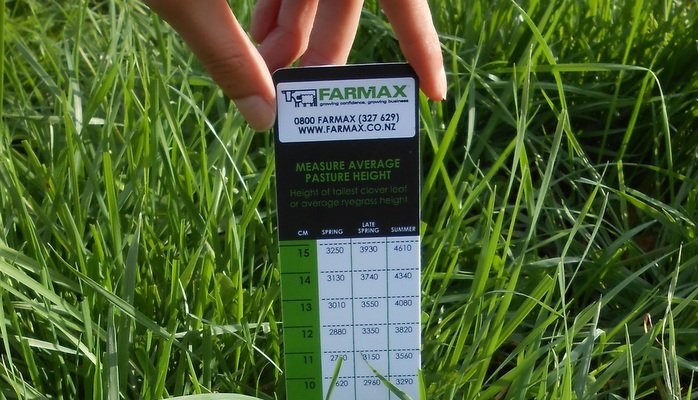
Rezare Systems has been developing a system that can forecast the growth of pasture for any location in New Zealand. We deliver this as a wholesale service to a number of organisations, and it is currently available for both sheep and beef farmers and dairy farmers available as the Farmax Pasture Growth Forecaster.

This week I read the blog article “Why the Gender Gap Matters” by the Institute of IT Professionals TechBlog editor, Simon Eskow. The article shows that the gender gap in sciences and IT is not closing, and if anything may be widening. Internationally recognised companies like Twitter and Pinterest had female workforce membership of 10% […]
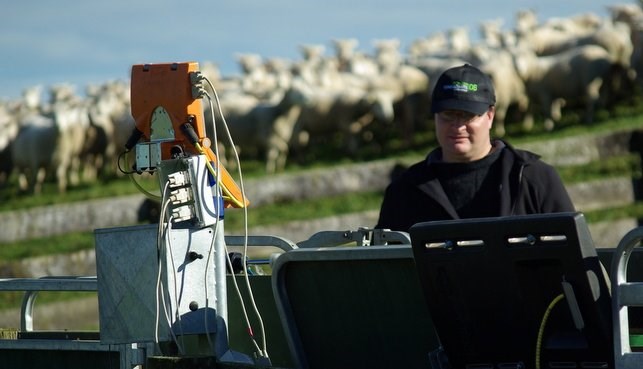
Use of Livestock EID for Benchmarking Analysis This is number three in a series of articles about practical application of EID (electronic, or radio-frequency identification of animals) in pastoral livestock farming. If you haven’t already, you may wish to read the first and second articles.
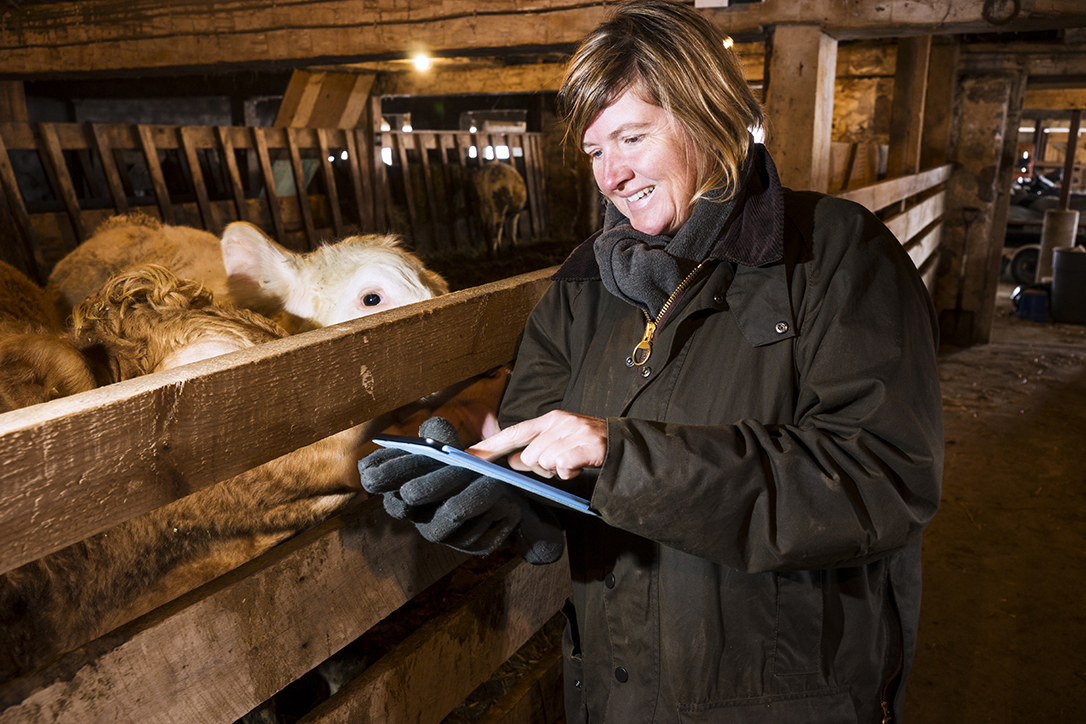
In my first post on this topic I explored some ways that people seek to apply electronic identification (EID or RFID tags) on pastoral farms. We looked at using EID to support bio-security and disease control, and for inventory management. Thanks to all those who shared that article with others.
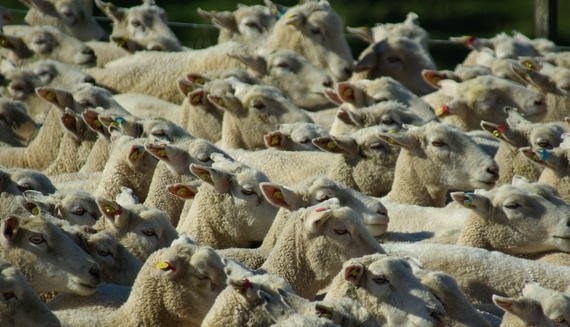
Over the past 15 years a number of countries have adopted mandatory radio-frequency identification for livestock. In livestock circles this is known as “Electronic Identification” or EID, and it operates by giving each animal a machine-readable unique number – a modern take on the bar code.

I recently read the report “Maximising Export Returns” published by the Lincoln University Agricultural Economics Research Unit. It’s not a light read, clocking in at 114 pages (plus references and appendices).
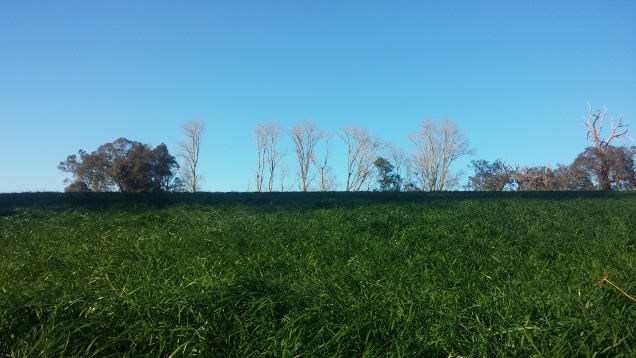
The warmer weather is coming! At least that’s what I keep telling myself, and this recent weekend that seemed to be true. After several days with chilling rain and hail, morning frosts brought fine, warm days.
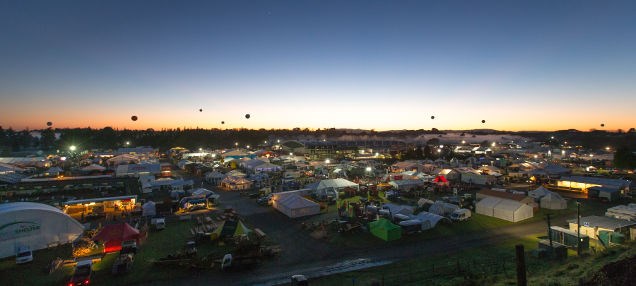
The Waikato region of New Zealand, in the middle of winter, is frequently cold, wet, and foggy. No more so in 2014 than in some other years, but this year I had just returned from a visit to the northern hemisphere summer and days warmer than 30°C. What better way to celebrate a return to […]